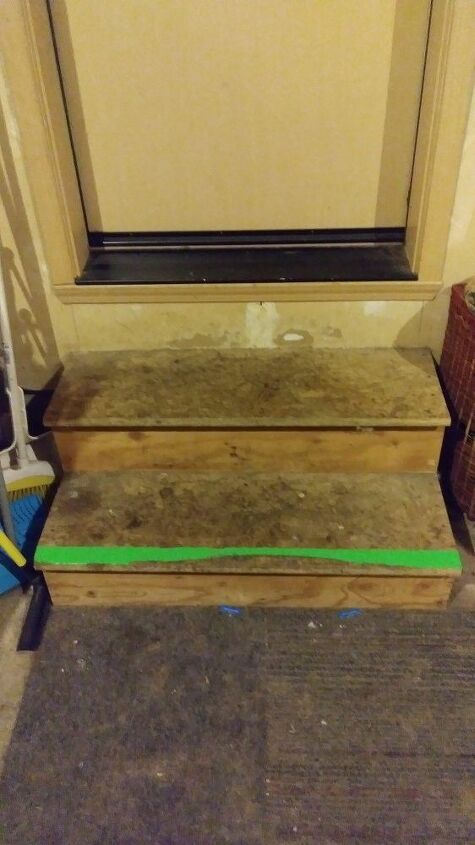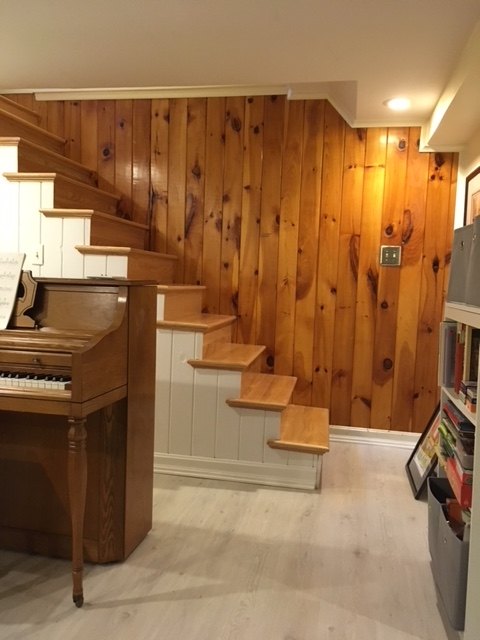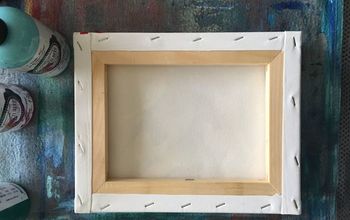How would we build a staircase going down a small incline to blend in?
We recently had a pole barn built on our property. It sits about 10 feet lower than the main house. There is a slight incline that my husband would like to put some kind of stairway or path on to blend in with landscaping.
Related Discussions
How do I make a pet ramp for only 2 stairs for my aging dog?
How do I build device for laundry basket to move up & down stairs?
Please, I need ideas for builds that do the carrying/pulling of a laundry bag/basket up & down stairs. A crank pulley system will not work since that still requires a... See more
How can I cover concrete stairs with composite decking?
I have 6 concrete stairs and a small Landing leading to my house. I would like to go over them with a composite type decking material without having to dispose of the... See more
How can I install a banister or railing on stairs with no side?
The basement stairs are dangerous - there's nothing on one side! But they are narrow and if I close them in permanently, I will have trouble getting furniture up and ... See more
How can I make metal tree branches for a railing system??
I am up for rebar or any kind of metal to make a railing system - any ideas??
Need some help- How can I make a pulley system?
I am trying to figure out how to make a pulley system to help get groceries up the stairs. Maybe something like a close line with hooks. So far no luck with ideas. An... See more





If the slope is minimal, you might use a heavy layer of long pine needles, packed hard bark mulch, pea gravel, or landscape timbers of treated lumber.
Sounds like a Great Idea. I would not go 100% Concrete though. I like brick borders with mortar, Concrete and Cement as the Backing. Brick Gets less Slippy in the Winter Ice and Snow and less decays with rock salt too. Actual Height of Steps should be something you are accustomed to walking, so you measure your steps in your home. Usually those never exceed 8 inches high. Once you do that, you measure the Width and Distance along the Vertices you need these Steps to be to get from point A to Point B. Not easy. This sometimes requires a 20 foot ladder to tie and mark a Rope with a Permanent Ink Marker after you get the Rope Level. You suggest it is 15 feet down so we know that is 22 Steps and a Landing you will need. But as 180 inches is not evenly divisible by 8 inches you are going to heed either of two options to get to that landing:
A. Dig to 184 inches to place an extra step #23 as the Landing
B. Fill to 176 inches to place 22 Steps by pouring the landing.
It is 6 in one hand and a half dozen in the other, really IMO.
It matters not either way as if you dig you have a Landing and if you Fill your Best Fill is the Landing.
Now onto deducing your depth of each of your steps...
The depth of each of the steps will be
((Distance of the Two Rope Marks) ÷ 22)+ 4 to 9 inches
The extra inches is because you gotta overlap or they sink.
Nobody wants to put a Jack beneath a 420lb Slab in the Winter. TRUST ME.
You are looking at an estimate of 10240lbs of concrete or cement, reliant on how large you want the landing and idmf you want a Patio.
1800 lbs is usually a Cubic Yard, Basis: 30 Bags+Water=1CY
Due to the Landing You will likely need 7 cubic yards if you do not use brick.
You will more likely need 5 cubic yards if you use common red brick.
If you go Framed wood with Soil and Concrete Fill you will have Less Concrete Expense with Greater Wood Expense and increased likelihood of Rot.
Using uncommon landscaping bricks may seem to reduce the cost and cement and concrete, etc, but seldom does in the Short Term or Long Term.
Keep in mind that Winter and Rock Salt will Decay anything but Sand, and especially Decays Concrete and Cement.
You will need Steel Rods. Standard Rebar. 3 posts per Step Frame Minimally. You drive those into the naturally formed clay just like Grounding Rods except you do your best to land these at a 45° to 36° angle with a Sledgehammer. Not Easy but not hard. You will need to pour into Frames so you need 2×4×8s to make those frames.
If is pretty Straightforward: One Step at a Time.
We want to see this Job through and Done so when he is doing this please post the Photos.
here's some info. you can use less by spacing them farther apart and making landings longer https://www.youtube.com/watch?v=TIxCKB5Xo4I just fill with dirt and plant them with grass seed or fill with gravel use treated lumber or old railroad ties they are already treated.
Hi, Paula,
If you reside in an area with freeze/thaw, I would strenuously advise against using brick on an inclined area.
Brick was commonly used in Western PA (and many other colder areas...)for walkways and street surfaces. The frequent words of warning in the winter were
"Brick...first to freeze, last to thaw".
Obviously, if there's any chance of losing your footing, you'll want securely imbedded supports with an equally well secured handrail or two, no matter what surface you decide upon.